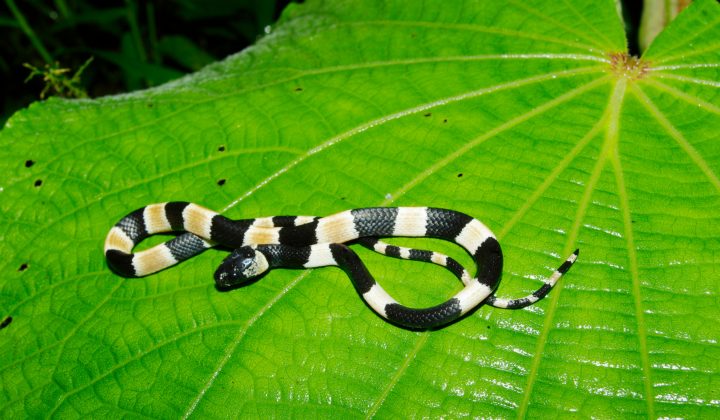Research
Cnidaria belong to the oldest multicellular animals. Many species are capable to adapt to changing environments because of their high regeneration capacity and variable reproduction strategies.
We use life cultures of selected cnidarian species to investigate their life cycles and the effects of environmental conditions on their survival and reproduction.
Our taxonomic studies are based on material reared in laboratory cultures as well as on field samples. Preservation of the gelatinous soft bodies can cause massive shrinkage leading to difficulties in the identification of morphological features. Therefore, molecular identification methods provide important additional tools for species identification and species discrimination in the Cnidaria research. In our integrative taxonomic studies, we combine descriptions of morphological features of selected species with molecular analyses.
To investigate particular morphological features of Cnidaria, as sting capsules and statoliths, we use various techniques including scanning electron microscopy (SEM), energy-dispersive X-ray spectroscopy (EDX), confocal laser scanning microscopy (cLSM) and 3D-reconstructions from X-ray micro-tomographic data (micro-CT).





